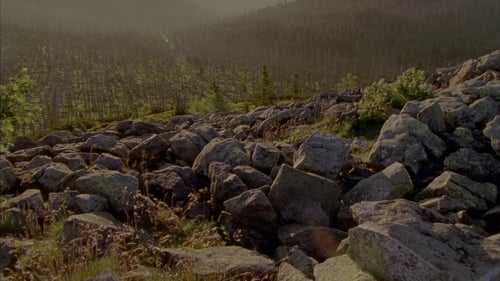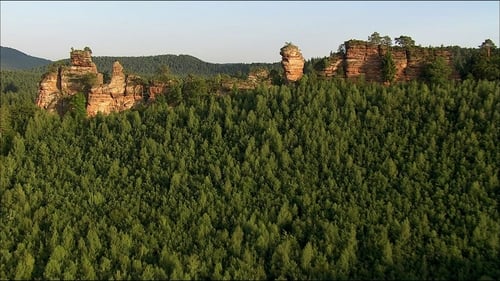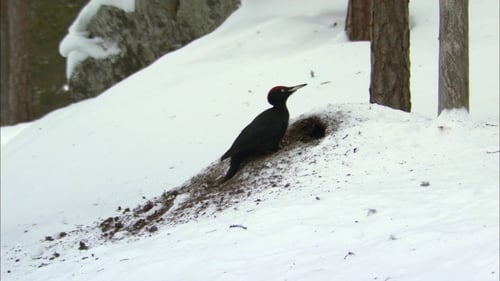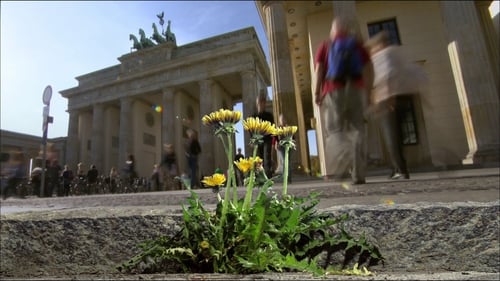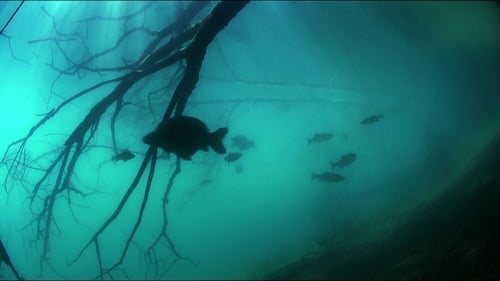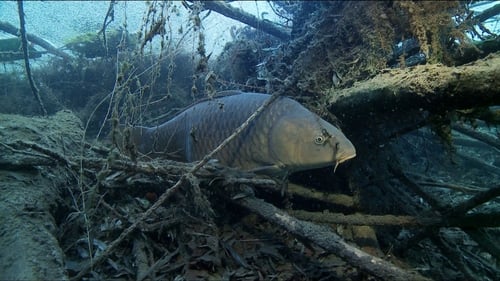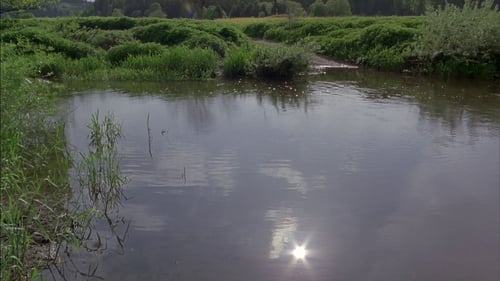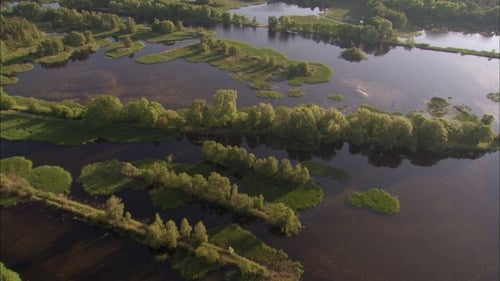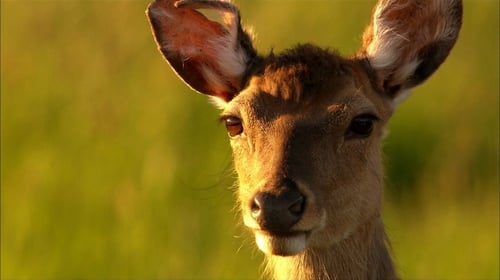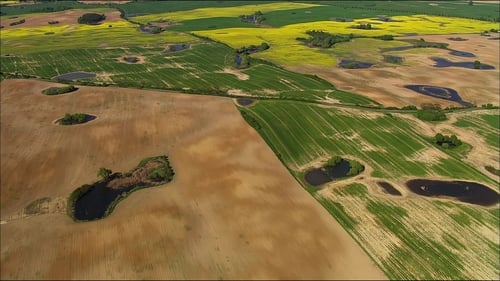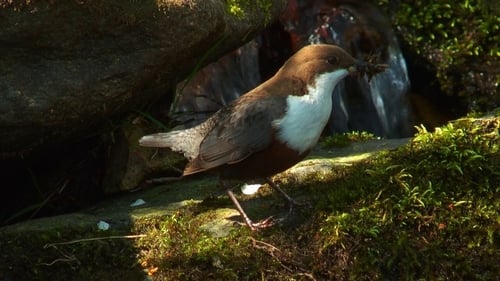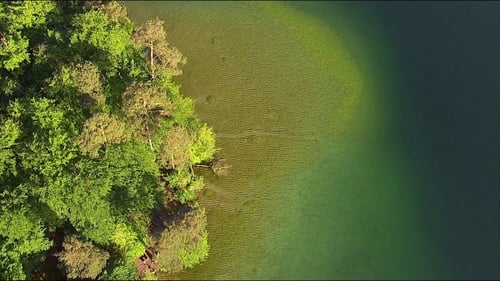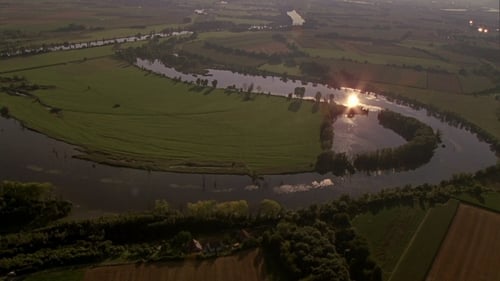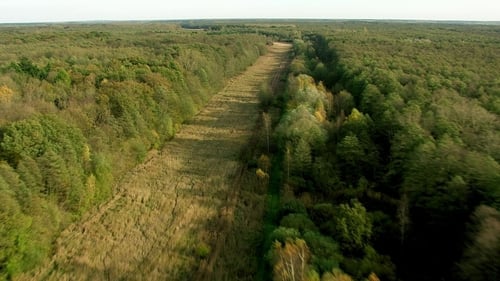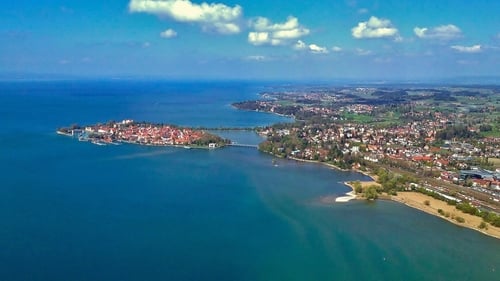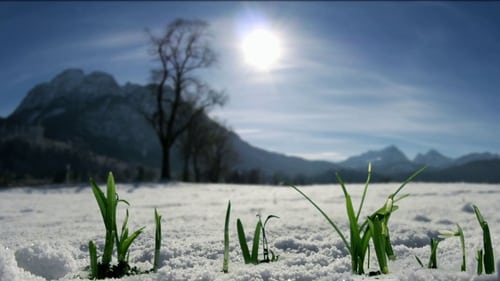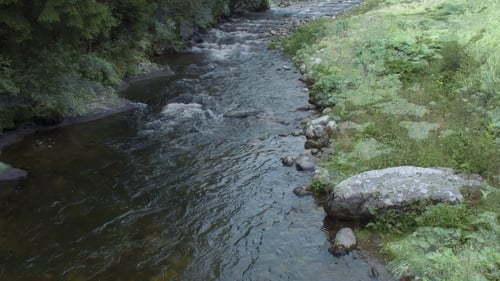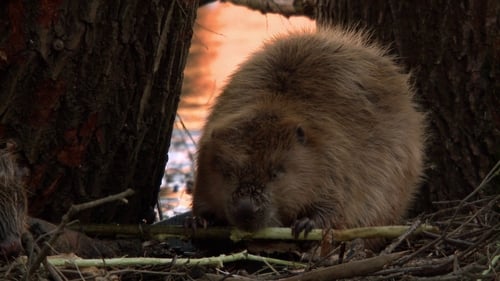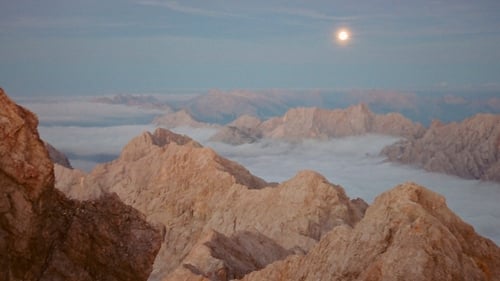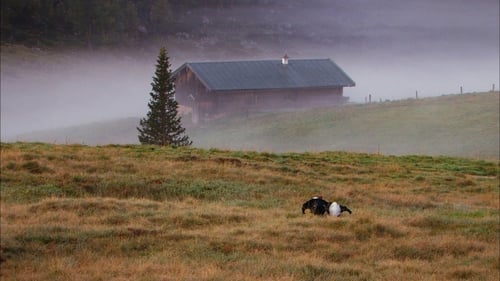 8.7/10(6 votes)
8.7/10(6 votes)#1 - The Berchtesgaden Alps
S1:E5Director:Jan HaftWriter:Thassilo Franke0 CommentsBe first to comment!Be the first to share your thoughts
Start!Be the first to comment!Be the first to share your thoughts about this episode
Director:Jan HaftWriter:Thassilo Franke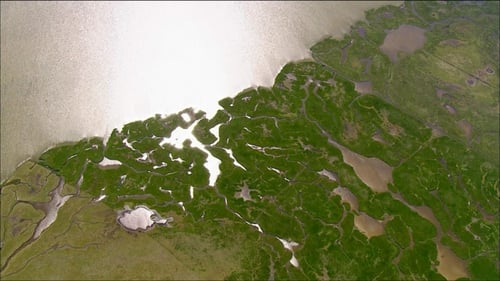 7.9/10(9 votes)
7.9/10(9 votes)#4 - Western Pomerania coast
S1:E4Director:Christoph HauschildWriter:Christoph Hauschild0 CommentsBe first to comment!Be the first to share your thoughts
Start!Be the first to comment!Be the first to share your thoughts about this episode
Director:Christoph HauschildWriter:Christoph Hauschild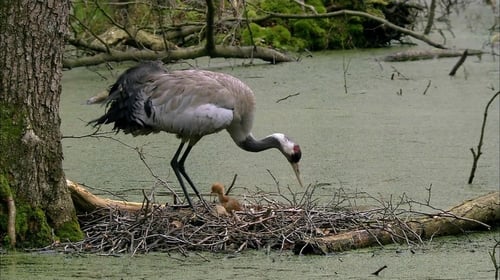 7.6/10(13 votes)
7.6/10(13 votes)#5 - The Spree Forest
S1:E1Director:Christoph HauschildWriter:Christoph Hauschild0 CommentsBe first to comment!Be the first to share your thoughts
Start!Be the first to comment!Be the first to share your thoughts about this episode
Director:Christoph HauschildWriter:Christoph Hauschild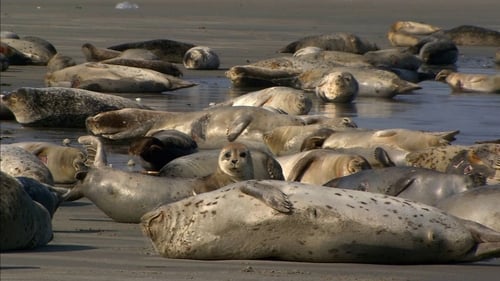 7.2/10(12 votes)
7.2/10(12 votes)#10 - North Friesland
S1:E20 CommentsBe first to comment!Be the first to share your thoughts
Start!Be the first to comment!Be the first to share your thoughts about this episode
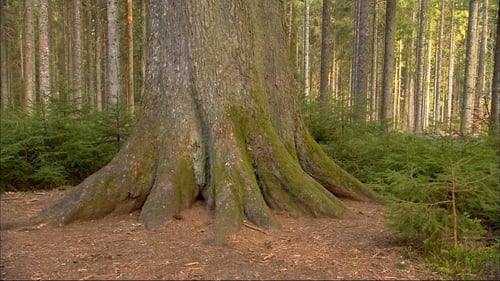 7.2/10(11 votes)
7.2/10(11 votes)#11 - The Black Forest
S1:E30 CommentsBe first to comment!Be the first to share your thoughts
Start!Be the first to comment!Be the first to share your thoughts about this episode
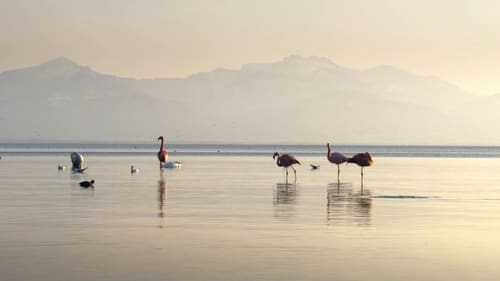 NaN/10(0 votes)
NaN/10(0 votes)#25 - Episode 2
S6:E2Director:Jan HaftWriter:Gerwig Lawitzky0 CommentsBe first to comment!Be the first to share your thoughts
Start!Be the first to comment!Be the first to share your thoughts about this episode
Director:Jan HaftWriter:Gerwig Lawitzky

Documentary

The Best Episodes of Wild Germany
Every episode of Wild Germany ranked from best to worst. Let's dive into the Best Episodes of Wild Germany!

The Best Episodes of Wild Germany
Documentary
Every episode of Wild Germany ranked from best to worst. Let's dive into the Best Episodes of Wild Germany!
The fairytale river landscape of the Spreewald, the flocks of birds of the North Frisian Wadden Sea and the striking chalk cliffs on the island...
Seasons9
READ
Best Episodes Summary
"The Berchtesgaden Alps" is the best rated episode of "Wild Germany". It scored 8.7/10 based on 6 votes. Directed by Jan Haft and written by Thassilo Franke, it aired on 4/22/2011. This episode scored 0.1 points higher than the second highest rated, "The Bavarian Forest".
